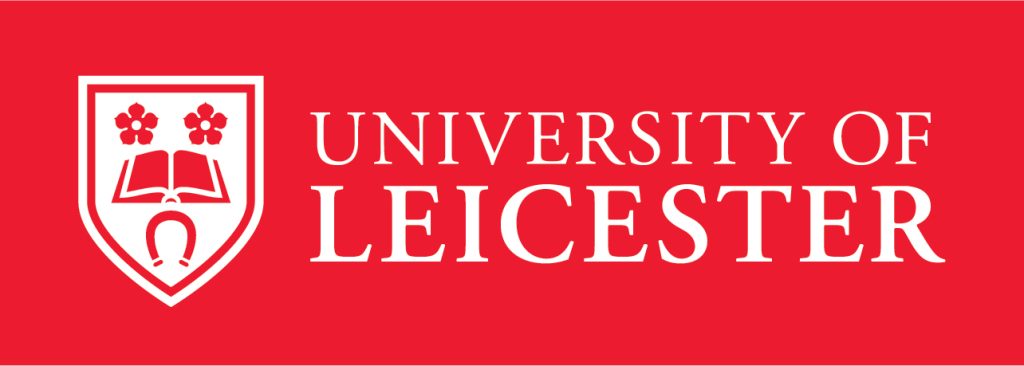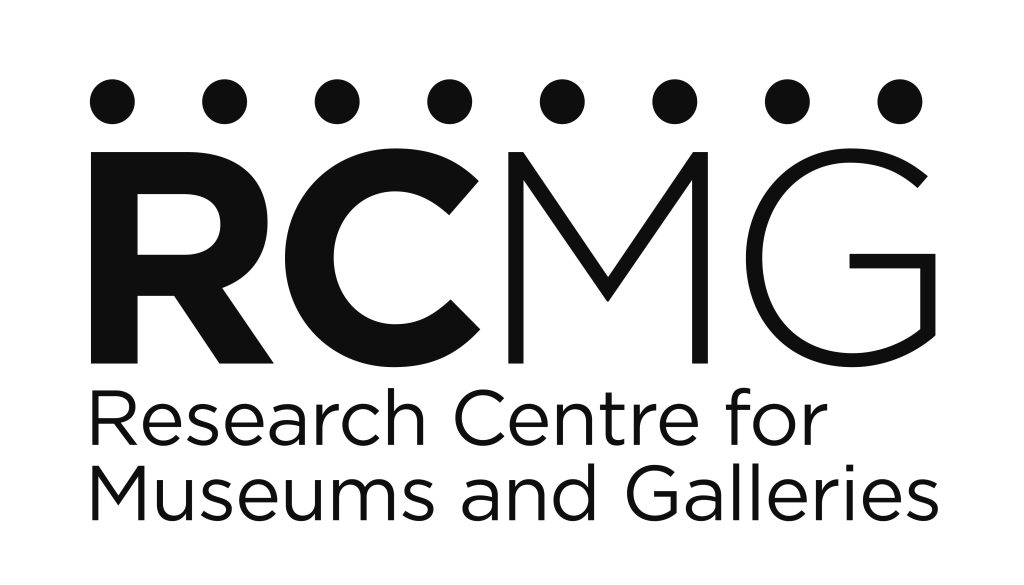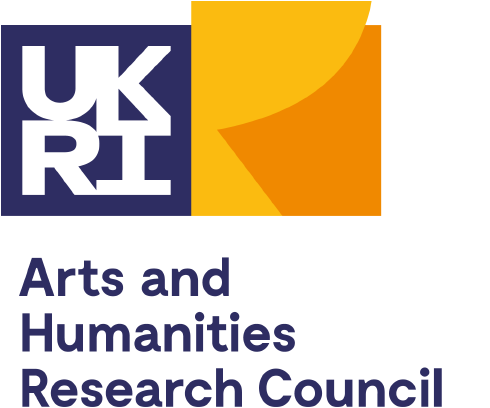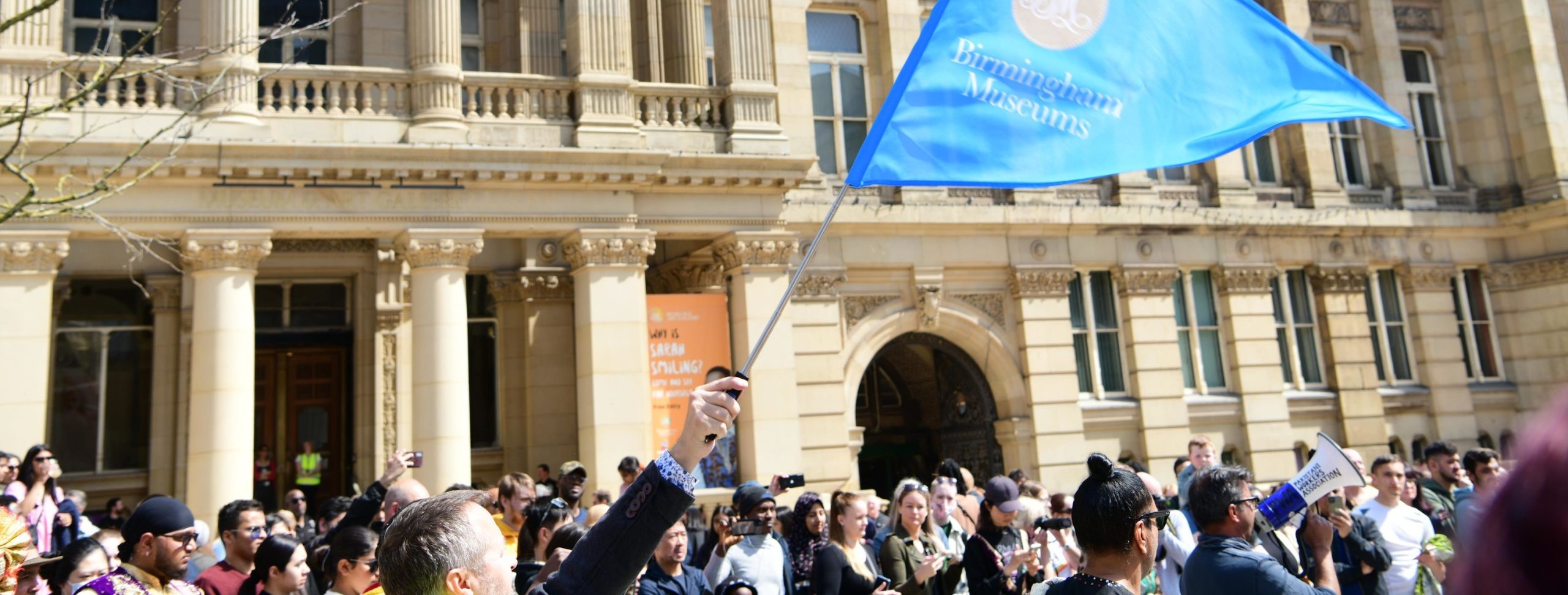Suzanne MacLeod and Mark O’Neill | October 2023 |
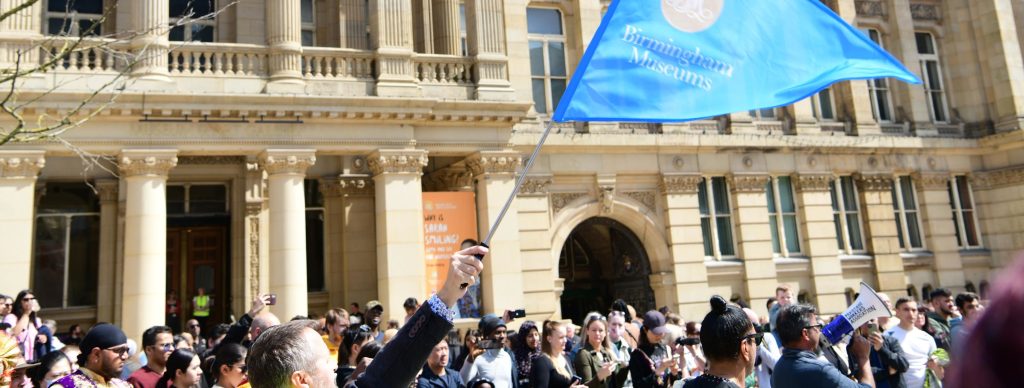
The aim of these AHRC-funded workshops is to create a multidisciplinary research network which will address persistent inequalities in museum attendance and benefit.
Data from the official Taking Part Survey, which includes the attendance gap between Upper and Lower Socioeconomic Groups in England, show that it has increased from 22.7 percentage points (pp) to 24.7pp over the past 15 years. The same pattern is evident in the rest of the UK. Sociologically, museum visiting reflects the socioeconomic gradient, closely tracking inequalities in education, income, employment, mental health and other indicators of social wellbeing. This analysis is supported by decades of research in cultural sociology internationally which, regardless of methodological or theoretical approach, confirms that people who participate in and benefit from state-sponsored cultural forms including museums, are, in the main, from upper socio-economic groups and that the single most important predictor of museum visiting is not class, ethnicity or income but level of prior educational achievement. Population-level studies in the epidemiology of culture tell us that simply visiting a museum may have positive health benefits. This emphasises the unfairness in the current distribution of cultural resources and the way museums reflect and contribute to established inequalities in health and wellbeing.
Despite 40 years of concerted efforts by museums of all genres and scales, supported by national and local government policy and targeted investment, including more than £5 billion of Lottery Funding, the strategies used by museums in the UK to reduce inequalities in museum visiting are not working. Whilst pockets of positive transformation have been achieved, museums have failed to find ways to understand, consolidate, share and sustain progress. The current model of museum engagement is reflected in their approach to research, supported by national agencies’ approach to evaluation. These are focused on measuring the impact on participations of small-scale projects, usually without an evaluation framework linking the activities of individual museums to population level data, such as the DCMS Taking Part Survey, or the equivalents in Scotland, Wales and Northern Ireland. These studies also rarely engage with the sociological literature on inequality, so that museums’ current uses of research cannot offer insights into the larger question of representative participation. A key question for the network is whether the resource devoted to evaluating small scale projects could be better used in locating museum visiting in a deeper, research-based understanding of socioeconomic and cultural inequalities.
The Network aims to develop a research agenda, based on existing underused research and data, which sets out specific, testable hypotheses about whether museums can play a role in reducing inequality through more representative visiting and benefit and make credible claims about their contribution to society. The Network will test the assumption that if museums understand the extent to which the attendance and benefit gap is driven by societal factors, they may be able to develop interventions which are most likely to have an impact. These in turn would lead to a more effective focus for deploying and growing their research capacity to move beyond ‘intuitive’ approaches to inequality and social change.
That’s why this Network is so important. We will spend the next 18 months working to understand what data we already have, what data we can access that might tell us more about people who visit and, importantly, people who do not visit museums, and how we might build a Framework within which resource decisions could be evidence led and ongoing evaluation could be linked to macro level understandings of museum attendance and benefit.
Image courtesy of Birmingham Museums Trust
